Have you recently laughed so hard that you peed a little? Notice some unusual hairs sprouting from your ears? These are all common signs of growing older. Let’s approach aging with grace and preparedness as we explore what to expect and how to manage these changes.
Gray Hair
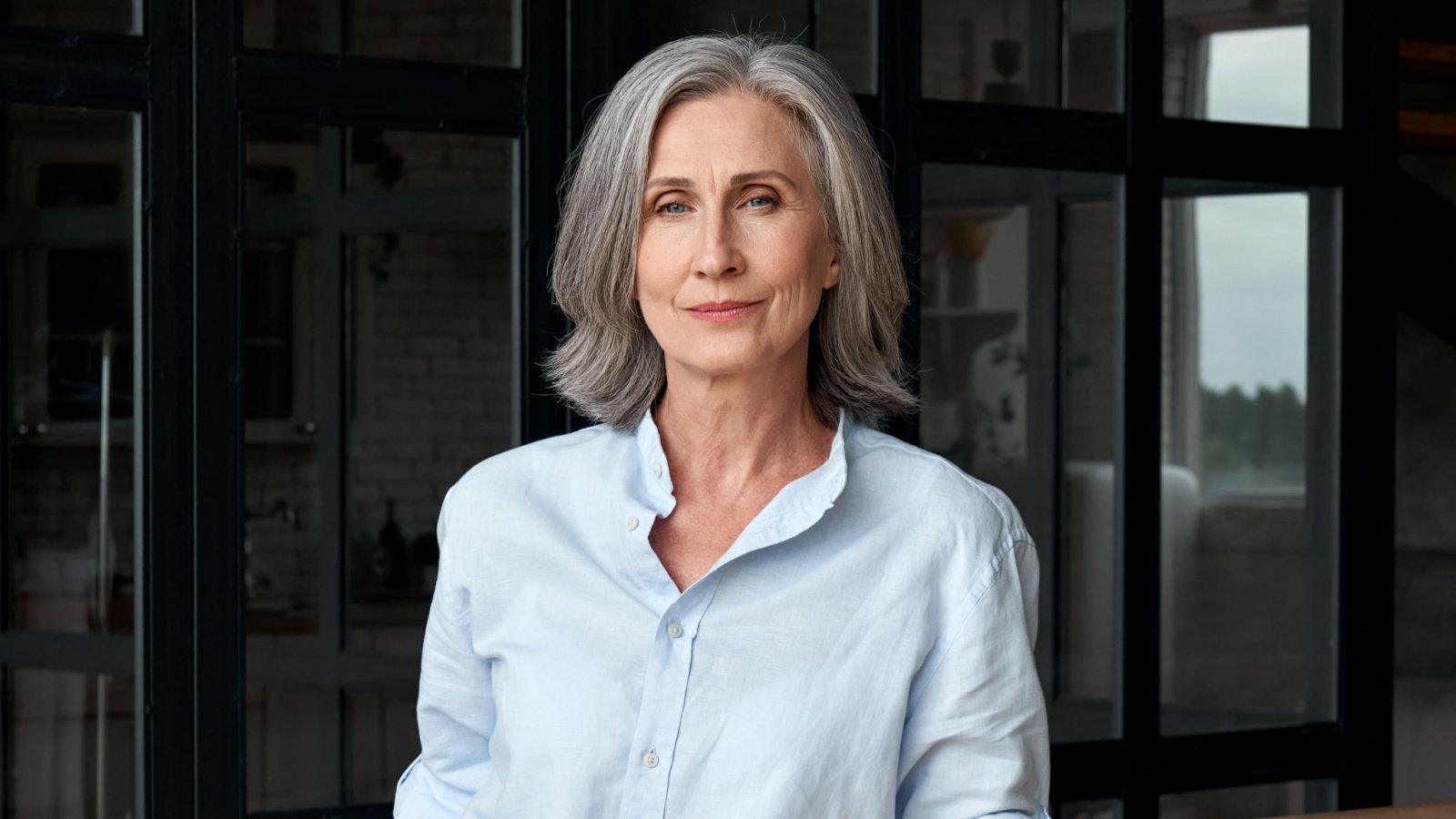
Gray hair is often one of the first visible signs of aging. As we grow older, the pigment cells in our hair follicles gradually die, leading to the loss of hair color. While some people embrace their silver strands, others may choose to dye their hair to maintain a youthful appearance.
Wrinkles

Wrinkles are a natural part of the aging process, caused by the breakdown of collagen and elastin in the skin. Frequent sun exposure and smoking can accelerate their appearance, leading to deeper lines and creases. Regular use of sunscreen and moisturizers can help slow the process.
Slower Metabolism

As we age, our metabolism tends to slow down, making it easier to gain weight. This change can be attributed to a decrease in muscle mass and hormonal shifts. Incorporating regular exercise and a balanced diet can help manage weight and maintain overall health.
Aches and Pains

Conditions such as arthritis or general wear and tear on the body contribute to discomfort in the joints. Staying active and engaging in low-impact exercises like swimming or yoga can alleviate some of these symptoms.
Memory Lapses
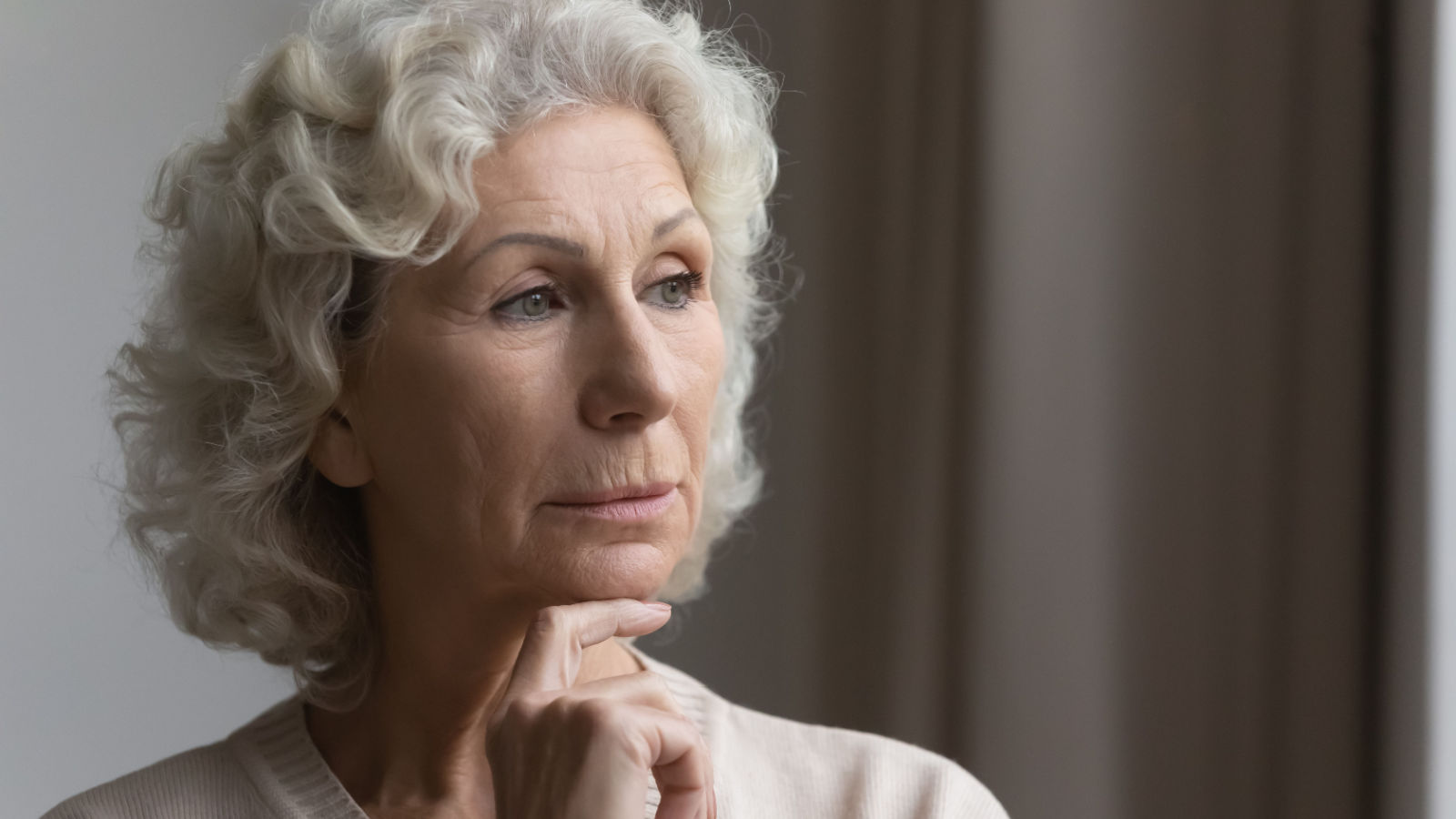
Occasional forgetfulness can become more frequent as we age. This can range from misplacing keys to struggling to recall names or appointments. Mental exercises, such as puzzles and reading, can help keep the mind sharp and reduce the impact of memory lapses.
Need for Reading Glasses

Presbyopia, the gradual loss of the eyes’ ability to focus on nearby objects, often begins in the early to mid-40s. Reading glasses have become necessary for many to read the fine print or work on close-up tasks.
Changes in Sleep Patterns
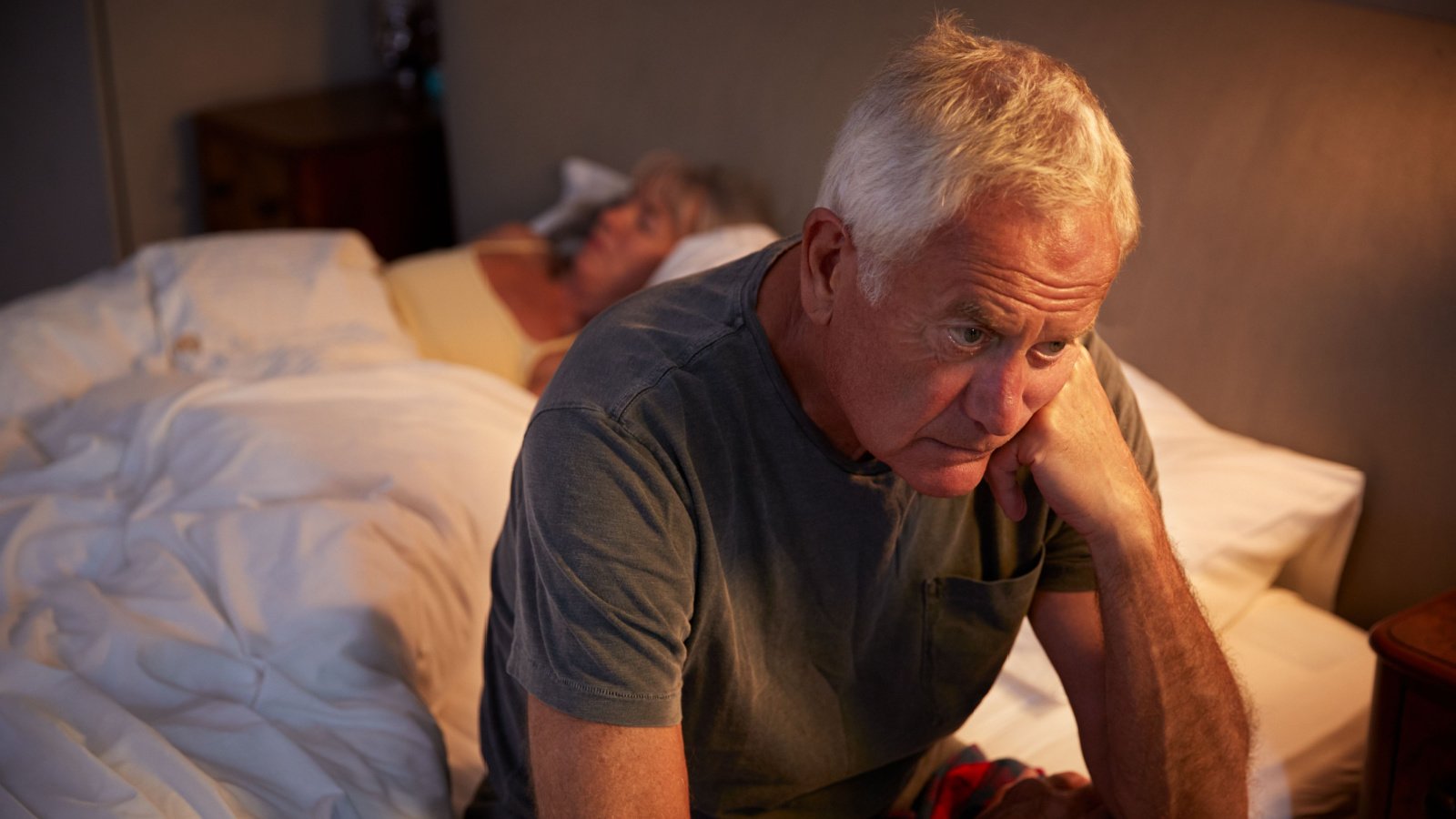
Many older adults experience changes in their sleep patterns, such as waking up earlier or having trouble staying asleep. These changes can be caused by shifts in the body’s internal clock or other health conditions. Maintaining good sleep hygiene practices can help improve sleep quality.
Reduced Flexibility
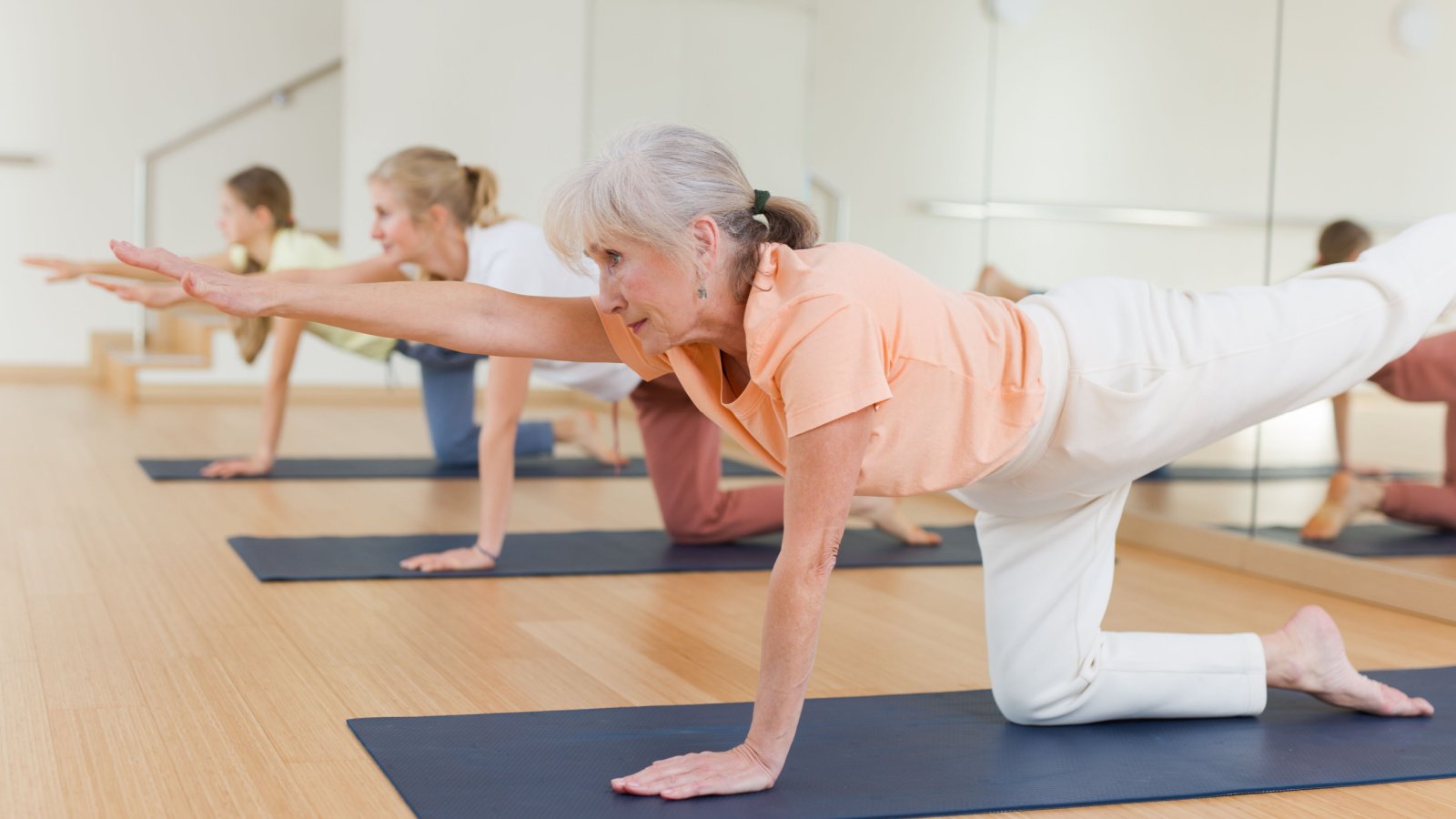
Stiffness and reduced flexibility are common as we age, often due to decreased joint fluid and muscle elasticity. Regular stretching and physical activity can help maintain flexibility and range of motion. Yoga and Pilates are particularly beneficial for keeping the body limber.
Age Spots

Age spots are flat, brown, or black spots that appear on the skin due to sun exposure over the years. While harmless, they can be cosmetically unsightly. Using sunscreen and protective clothing can prevent further age spots from forming.
Thinning Hair

Hair thinning is a common aging concern for both men and women. Hormonal changes, particularly a decrease in estrogen and testosterone, contribute to hair loss. Treatments such as minoxidil and lifestyle changes can help slow hair thinning and promote growth.
Decreased Bone Density

Bone density naturally decreases with age, leading to conditions such as osteoporosis. This makes bones more fragile and susceptible to fractures. Calcium and vitamin D supplements, along with weight-bearing exercises, can help maintain bone health.
Changes in Taste and Smell

Many people notice a diminished sense of taste and smell as they age. This can result from a natural decline in sensory receptors or certain medications. Experimenting with herbs and spices can help enhance the flavor of foods and make meals more enjoyable.
Increased Fatigue
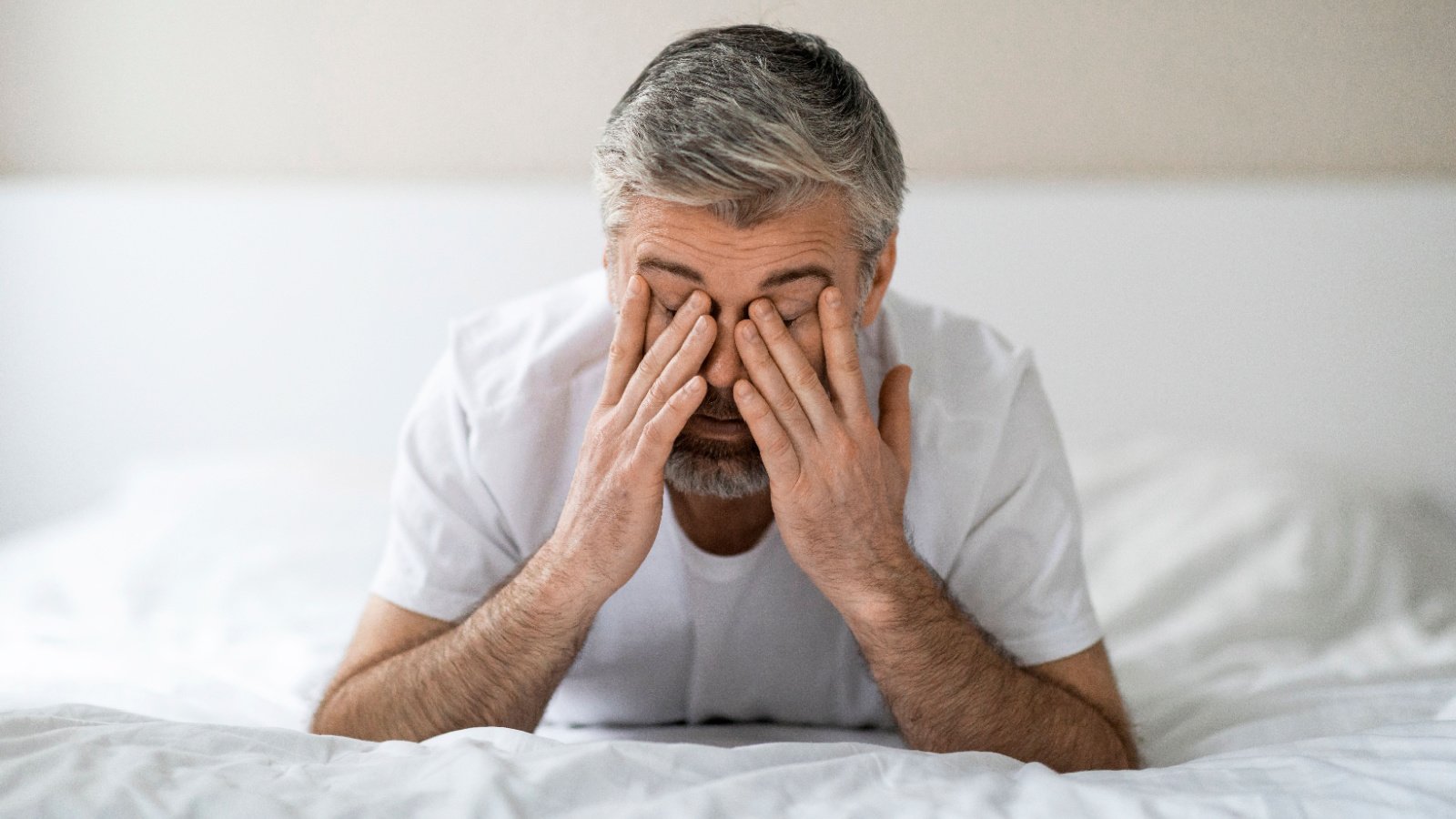
Feeling more tired and requiring more rest is a common experience as we get older. This can be due to a variety of factors, including decreased physical activity and changes in sleep patterns. Regular exercise and a healthy diet can boost energy levels and combat fatigue.
Hearing Loss
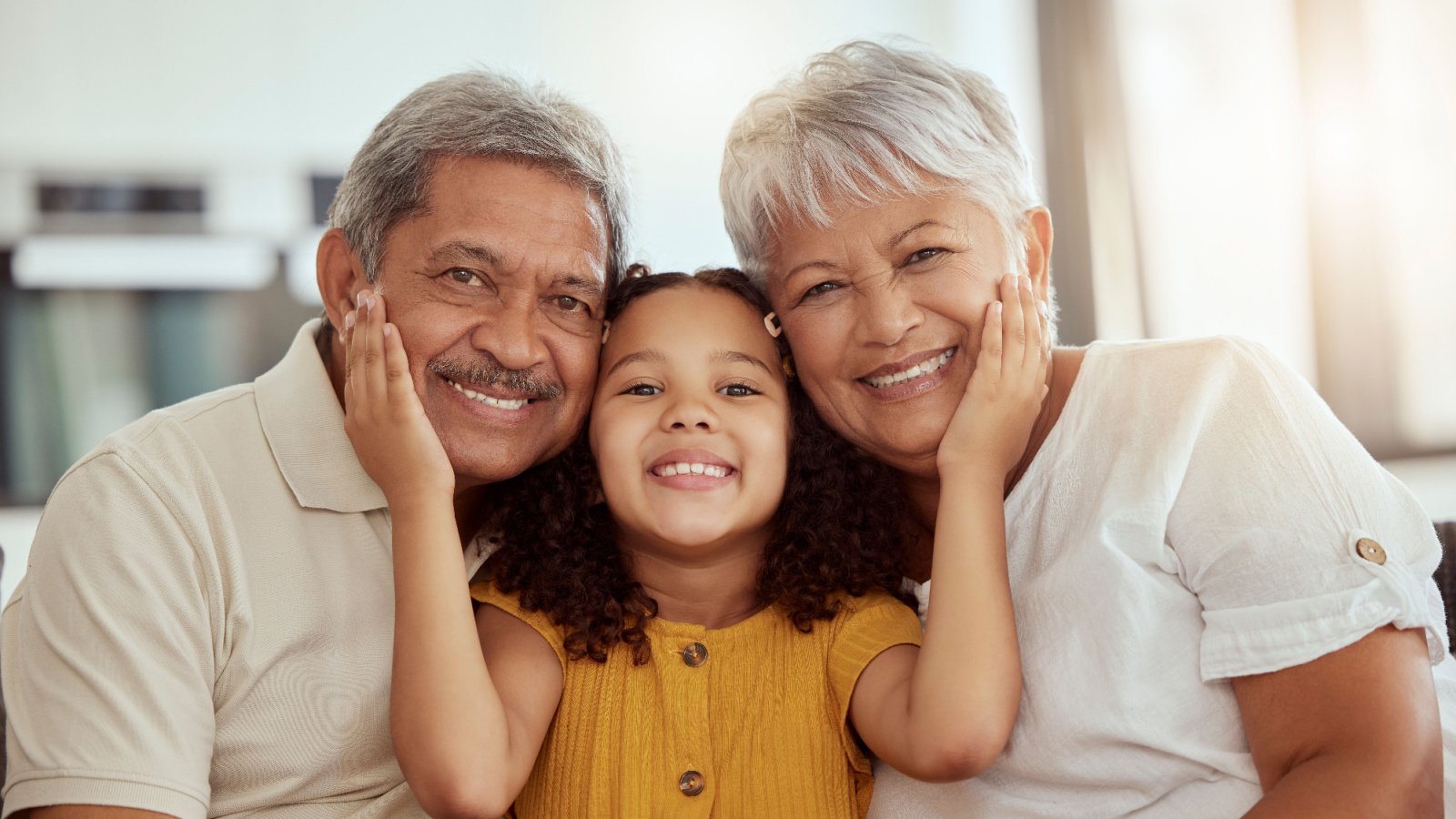
Gradual hearing loss, particularly of high-pitched sounds, is common as we age. This condition, known as presbycusis, can make it difficult to follow conversations or hear alarms. Regular hearing checks and hearing aids can significantly improve quality of life.
Brittle Nails

Nails often become more brittle and prone to breaking with age. This can be a result of decreased moisture and nutrient absorption. Keeping nails moisturized and using strengthening treatments can help maintain nail health.
Slower Reaction Time

A slower reaction time is another hallmark of aging, affecting tasks that require quick responses. This can impact activities such as driving or playing sports. Regular mental and physical exercises can help maintain cognitive function and reaction speed.
Changes in Voice

Aging can cause changes in the voice, making it sound thinner or weaker. This can be due to changes in the vocal cords and respiratory system. Vocal exercises and staying hydrated can help keep the voice strong and clear.
More Frequent Bathroom Trips

Increased frequency of urination can be a sign of aging, often due to changes in the bladder and prostate. This can disrupt sleep and daily activities. Pelvic floor exercises and consulting a healthcare provider can help manage this issue.
Increased Sensitivity to Cold

Many older adults find they are more sensitive to cold temperatures. This can be due to a decrease in metabolic rate and changes in body composition. Dressing in layers and keeping the home comfortably warm can help manage this sensitivity.
Varicose Veins

Varicose veins, which are enlarged veins visible under the skin, become more common with age. They are caused by weakened valves and veins in the legs. Elevating the legs and wearing compression stockings can help alleviate symptoms.
Gum Disease

Gum disease and other dental issues become more prevalent with age, often due to a lifetime of wear and tear on the teeth and gums. Regular dental check-ups and good oral hygiene practices, such as flossing daily and using an antibacterial mouthwash can help prevent gum disease.
Decreased Immune Function

A weakened immune system is a common aspect of aging, making older adults more susceptible to infections. This decline is due to changes in immune cell function and production. Staying up-to-date with vaccinations and practicing good hygiene can help protect against illnesses.
Loss of Muscle Mass

Sarcopenia, or the loss of muscle mass, is a typical part of aging, beginning around age 30 and accelerating after 60. This can lead to weakness and reduced physical function. Resistance training and adequate protein intake are essential to combat muscle loss and maintain strength.






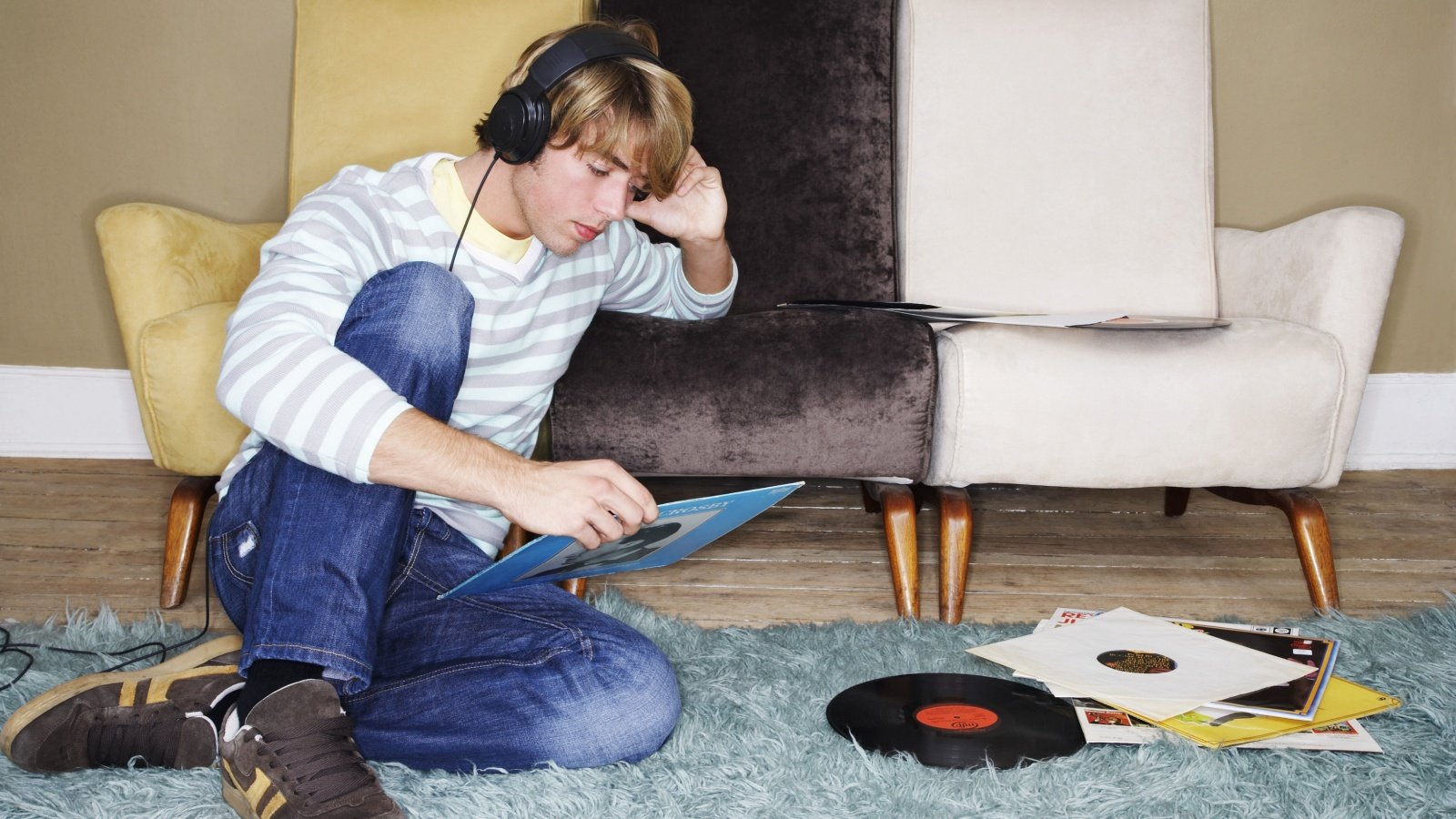


Ob Sie klassische Spielautomaten bevorzugen oder die neuesten, innovativen Video-Slots spielen möchten – hier finden Sie alles.
Die Spielauswahl umfasst Slots, Tischspiele, Live-Dealer-Casino und
Arcade-Spiele. Stammspieler profitieren von einem VIP-Programm mit bis zu 25 % Cashback,
Rakeback und Reload-Aktionen. Ja, das Live-Casino funktioniert einwandfrei
auf mobilen Geräten. Alle Zahlungsmethoden sind auch in der mobilen Version von WSM Casino verfügbar – einschließlich Kreditkarten, E-Wallets und Kryptowährungen. Alle weiteren Boni, inklusive Cashback und
Freispiele, sind ebenfalls mobil verfügbar.
Diese exklusiven Boni und Angebote sind ein weiterer Anreiz, die mobile Plattform von WSM
Casino zu nutzen und das Spielerlebnis auch unterwegs in vollen Zügen zu genießen. WSM
Casino belohnt mobile Nutzer mit speziellen Boni, die exklusiv
für das Spielen auf mobilen Geräten angeboten werden. Zudem bieten sowohl die App als auch die Browser-Version individuelle Anpassungsmöglichkeiten, sodass Spieler ihr Erlebnis personalisieren können. Die Performance der mobilen Plattform
ist herausragend, mit minimalen Ladezeiten, sodass
Spieler ohne Verzögerung loslegen können.
Die beste Performance und Darstellung bietet jedoch Google Chrome – dieser wird auch vom
Anbieter selbst empfohlen. Der Willkommensbonus
im WSM Casino beträgt 100 % Ihrer ersten Einzahlung, bis zu einem Maximum von 500 €.
Nach der ersten Einzahlung erscheinen die Boni und Freispiele automatisch in Ihrem Profil.
References:
https://online-spielhallen.de/lucky-dreams-casino-promo-codes-ihr-weg-zu-traumhaften-gewinnen/